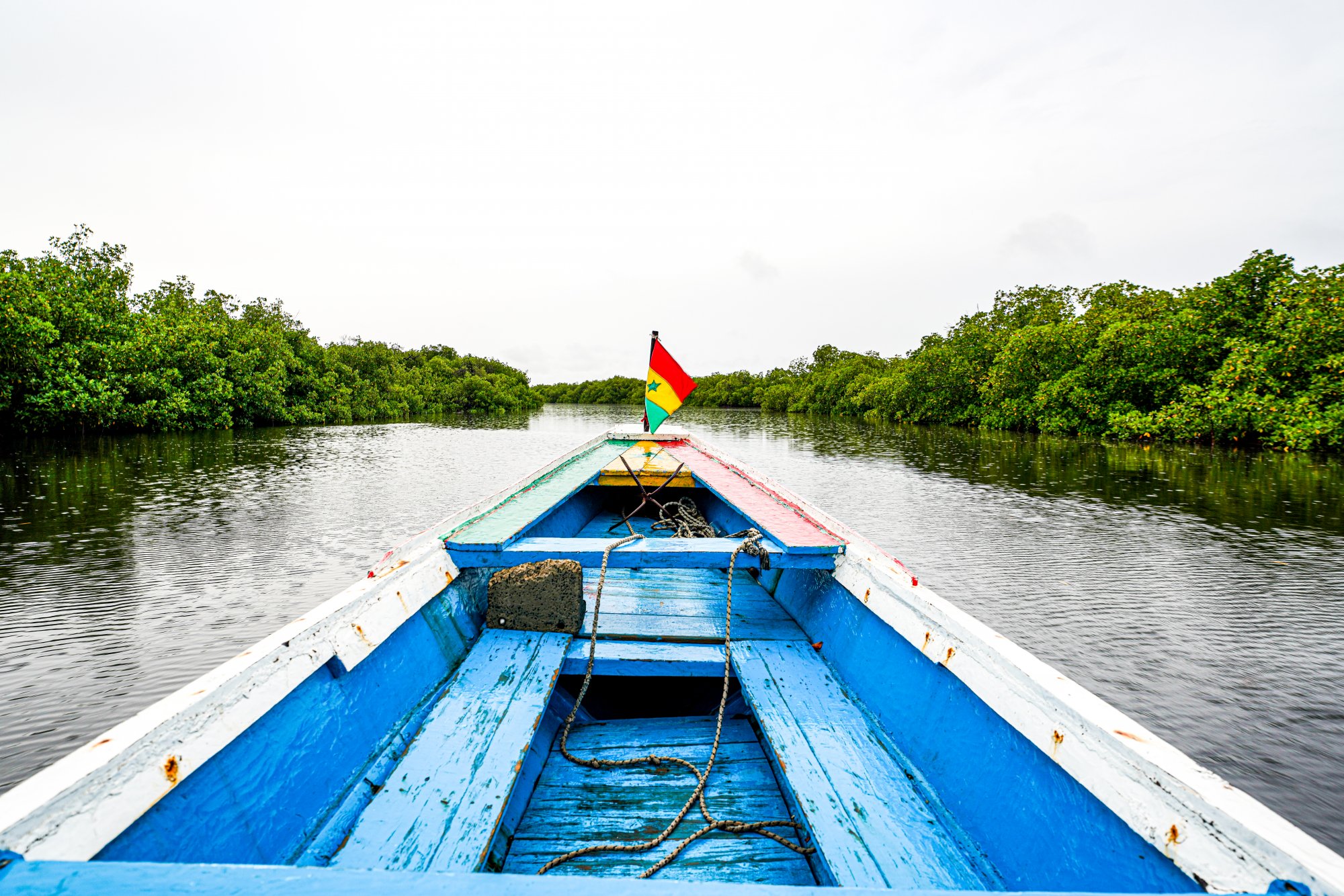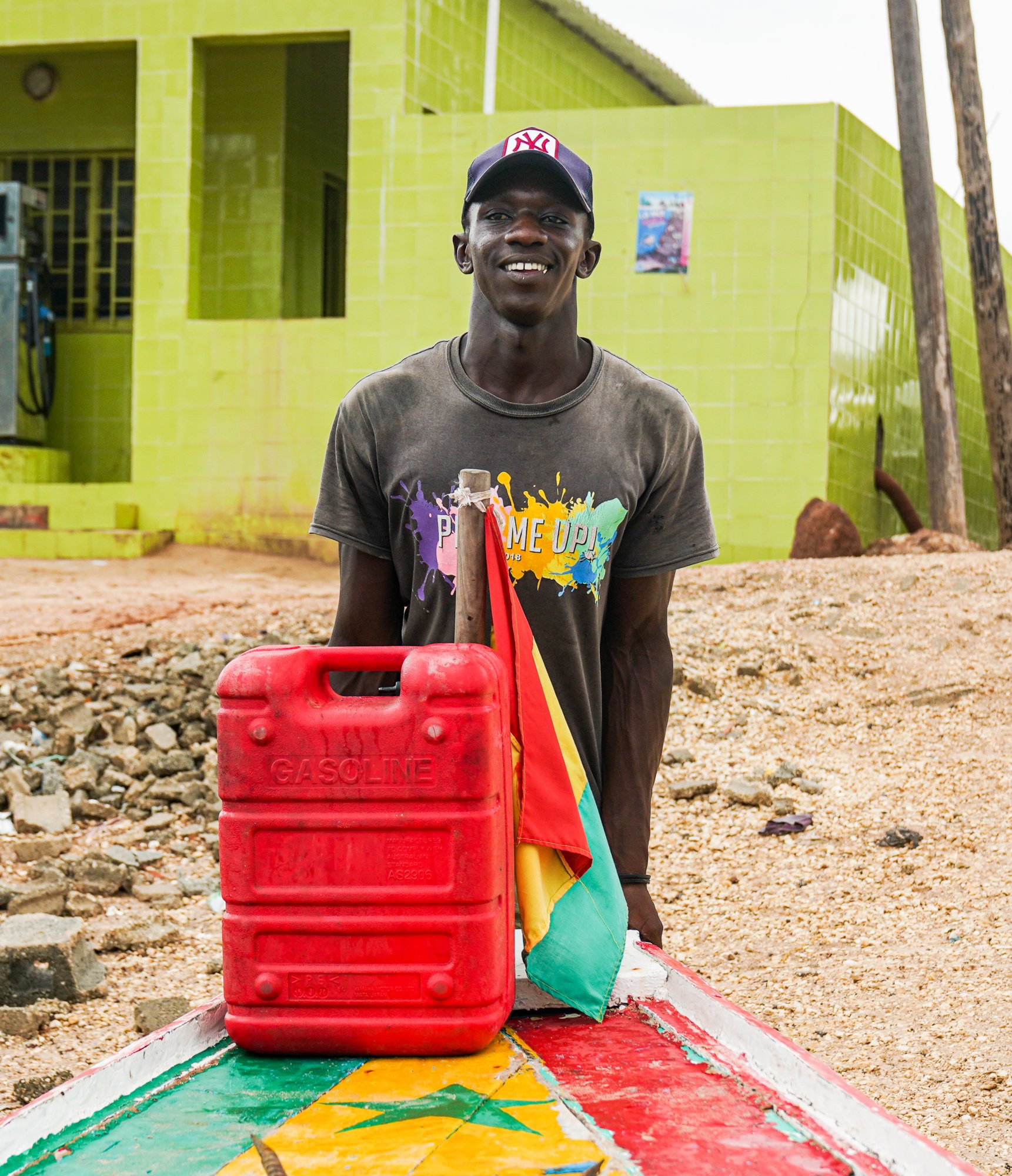The world largest mangrove reforestation program

The largest mangrove reforestation program in the world and “Blue Carbon”
My last blog about “slavery” generated heavy reactions. Many of my readers wanted to know more. Honestly, there is nothing more to add. And yes, it’s indeed a hefty story about “child slavery” and – at the same time – about humanity.
I wrote earlier (Blog 2) on the impact of climate change on a city like St. Louis in Senegal. Entire neighbourhoods have been destroyed. And the UN had to put in place climate refugee camps.
This time – in my blog 4 – I will touch upon a very encouraging development in the Sine Saloum delta. It’s a strong story about a mangrove reforestation project.
It’s a story about Blue Carbon.
Blue Carbon
Blue Carbon is the carbon captured (= sequestered) by the oceans and coastal ecosystems: a natural way to “sequestrate” carbon. We are talking about natural systems that can sequester carbon at a fast rate and can continue to do so – if left to do so - for millions of years. We humans have over the last couple of years developed encouraging carbon sequestering technologies.
Nature however has the most powerful carbon sequestration system.

The good news
Mangroves suck up about 10 times more carbon dioxide per acre per year than rainforests do.
And they store 3 – 5 times more in the deep-soil beneath the mangrove’s roots.
The bad news
Mangroves are disappearing very fast and much faster than rainforests, this is – to be expected - due to the impact of pollution, overuse, coastal developments, and much more. Estimates are that globally approximately 50% of all mangroves have been lost over the past 50 years.
In pure business terms, I would summarize: total value destruction.
Even worse: if the balance of these ecosystems is destroyed, not only will they not capture carbon anymore, but they will also release the carbon that has already been captured over time. A dramatic compounded negative impact.
Obviously, when we destroy nature's tools, the imbalances turn against us.

The hope
A Senegalese NGO (Océanium) has been working over more than two decades to “reforest” the mangrove in the Sine Saloum delta. The largest mangrove reforestation program in the world has been put in action since 2008.
Over 79 million mangroves have already been replanted.
The project will so capture an increasing and very sizeable amount of CO2. What’s also noteworthy is that this project has achieved a very high social mobilization of people: over 100’000 people living in 350 villages are engaged in the project.
They rediscovered the power of their land and did not emigrate to the cities.
Let me also add that this project counted on the kick-start support by Danone (www.danone.com), the French food multinational (a perfect example of how corporates can have an impact!). Today this initiative is fuelled by the Livelihoods Fund (SENEGAL: the largest mangrove restoration programme in the world – Livelihoods Funds)

My take-aways
I had the chance to visit the Sine Saloum delta on a fishing boat and to be guided by a very engaged and positive young boatman.
Our boat trip became challenging because a tropical storm made me – once more - realize how powerful nature is.
We got the friendly help from fishermen to “dewater” our boat. Here I got the sense of what the “power of humanity” means.
The images of humanity and the power of nature are totally impregnated in my mind. They reflect hope.

